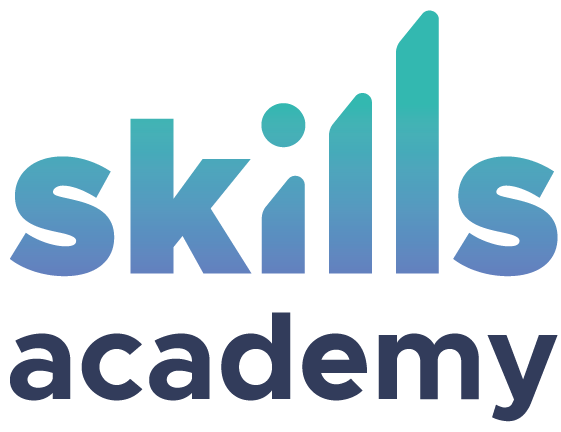Candidates for this exam should have subject matter expertise applying data science and machine learning to implement and run machine learning workloads on Microsoft Azure. Responsibilities for this role include planning and creating a suitable working environment for data science workloads on Azure. They run data experiments and train predictive models. In addition, they manage, optimize, and deploy machine learning models into production. A candidate for this certification should have knowledge and experience in data science and using Azure Machine Learning and Azure Databricks. You may be eligible for ACE college credit if you pass this certification exam. See ACE college credit for certification exams for details. Important The English language version of this exam was updated on May 20, 2021. Please download the study guide listed in the “Tip” box to see the current skills measured. Tip Download the DP-100 study guide to help you prepare for the exam Demo the exam experience by visiting our Exam Sandbox
Login
Accessing this course requires a login. Please enter your credentials below!
